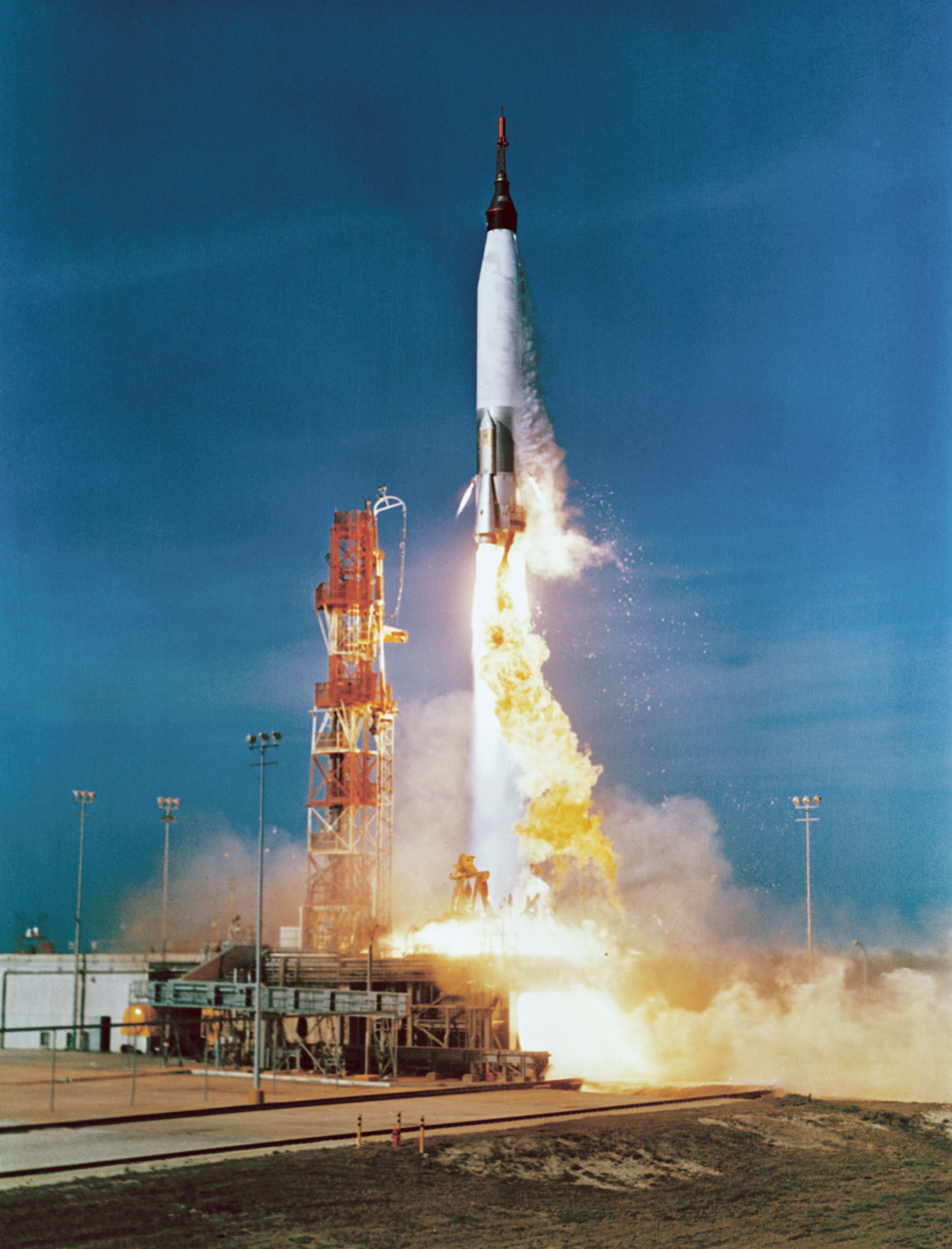These projects didn't magically materialize, and thousands of Americans were involved in one of the most technologically progressive eras that eventually sent a man to the moon, albeit all part of a nuclear standoff and arms race. My uncle was one of these people, and his experiences during this time allow for a glimpse into the lives of the people during this time.
The Cold War era men and women grew up during war. In 1943, when WWII was at a peak, my uncle was a senior at Fairfax High School in LA and part of the Junior Civilian Air Patrol. Everyone was either joining the army or getting enlisted. He tried to join the Navy Flight Program but was not the required 5'5" to see over the fighter cockpits; he tried doing the Army Air Corps but was fifteen pounds below the 125 lbs mark to qualify. The Navy started the Eddy program around this time for radar defense, so instead he studied for tests to join the program and was inducted into the Navy where he worked as an Aviation Electronics Technician. The nation's focus on this new radar technology and pressure to educate the young people at the time about this tech is indicative of the push for STEM education at the time and in the coming years.
His long work with radar and defense systems led to a career as part of the Missile Defense Alarm System early warning program and RAND cooperation that became increasingly important during the Cold War and arms race. For years he worked on the systems, performing even the final validations on the MIDAS software before satellites were placed into orbit. These satellites were part of a larger initiative to try and alert the US if the Soviets attempted any sort of launch using heat mapping. Because geocentric orbit used today was not yet feasible at the time, a collection of a dozen satellites would be sent into polar orbit for this USAF program, each one over the Soviet Union for a brief time. These Agena space vehicles could not utilize the previous canister collection method where actual data and pictures were intercepted in midair, so instead relied on radio transmissions that sent locations of launches.
All of the planning and research being done at this time was completely classified. It took decades for some of these programs to become declassified where they could be talked about. Each day he would pass through clearance and go deep underground to work on these projects without any contact with the outside world, and then return to the surface and not speak about any of it. This does not mean nuclear attacks weren't on the minds of everyone during the time: they really did fear nuclear missiles coming down from the sky each day. For the people that were doing the work like my uncle's, they did believe that they were helping ensure a nuclear standoff that was backed on the idea of the enemy knowing of an attack and retaliating. They did believe they were saving their country, but also protecting the world from nuclear destruction. His level of dedication to US defense was a testament to the trustworthiness, loyalty, and hard work capable of an immigrant.
Helped with the systems in things like this Atlas-Agena, and saw these launches first hand.
Helped with the systems in things like this Atlas-Agena, and saw these launches first hand.


No comments:
Post a Comment